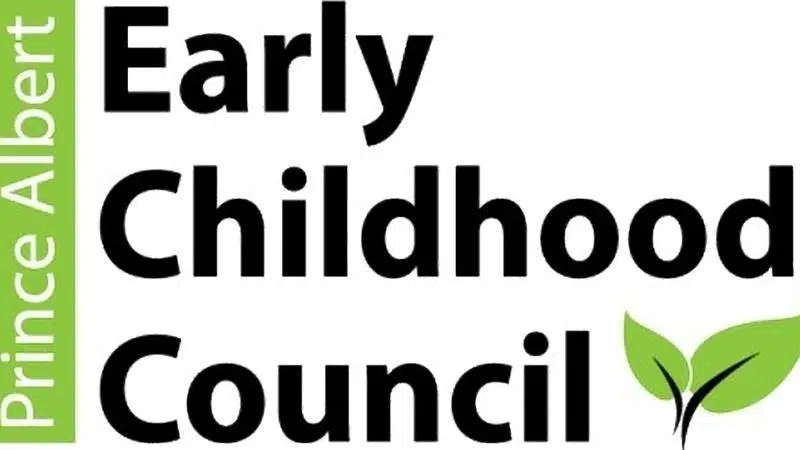
Can Early Learning Prevent Youth Violence? Part 1
Recent public opinion research has found that most Canadians, over 60%, believe that the age group most likely to engage in physical aggression is adolescent boys aged 12 to 17. Only 2% of those surveyed thought of preschoolers. However, in fact, those 2% have it right.
Children violently express anger soon after birth and are sufficiently well coordinated to hit, bite and kick before their first birthday. By the time children reach the age of three, they are capable of a wide range of acts of physical aggression. In most cases, for most children, this behavior starts to decline after toddlerhood as they learn to control their emotions, communicate through language and express their frustrations in more constructive ways. The most challenging age group for this aggressive behaviour for us in the child care field are the toddler years where up to 10 children from ages 19 months to 2.5 years are all learning, growing and challenging at the same time!
Most children who are nurtured in a supportive environment, in which parents and other caregivers provide positive guidance, will follow a path toward socially appropriate behavior. The preschool years are the critical time to teach children the fundamentals of social interaction – sharing and compromise, cooperation and verbal communication.


